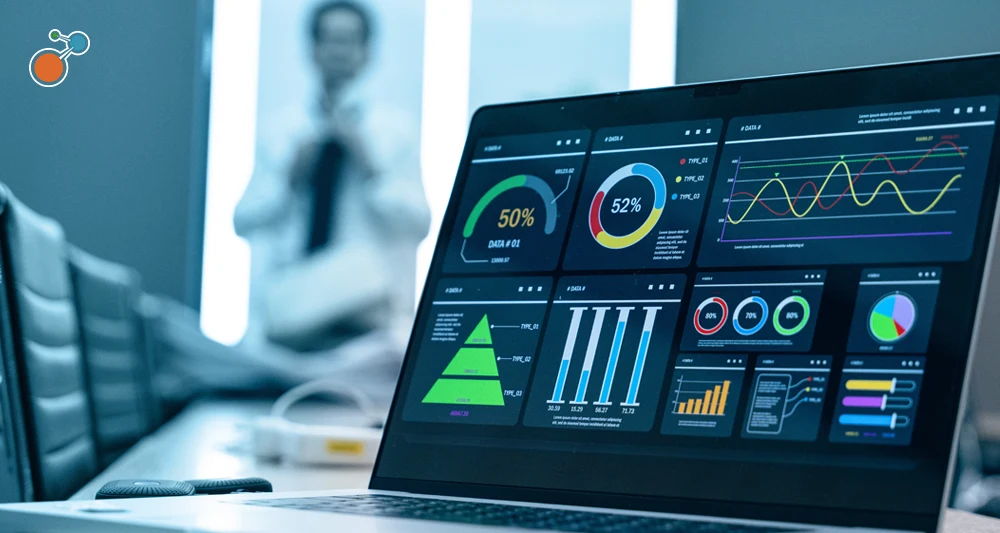Among the many lessons learned in 2020 is that organizations without repeatable, sustainable processes to manage corporate compliance are in clear danger of failing. Keeping up with constantly changing regulations and policies takes a technology solution that’s flexible, scalable, and integrated. The right technology will add efficiency, prove effectiveness, and elevate the value of the compliance function to the organization.
Here’s what to ask as you evaluate possible solutions:
- How easy is the technology to use? Even the best software is virtually useless if it’s too difficult to use. And the easier it is to use, the more people will engage – and the higher the level of engagement.
- How accessible is technology? No one wants to be chained to a desk anymore. The software should be accessible anytime, from anywhere, from any device – laptop, desktop, tablet, or phone.
- How secure is the system? Make sure your data is protected with the highest end-to-end security that has been independently certified.
- Where is compliance information stored? Cloud-based solutions are widely considered more secure than locally hosted systems. They also offer the advantage of automatic upgrades with minimal disruption.
- How reliable is the system? To keep users happy, you want a consistently reliable system that will give you the answers you need with virtually no wait time for queries, searches, or analytics.
- How easy is it to make changes and updates? You should be able to easily add fields, customize page layouts, and otherwise modify the configuration to accommodate changing regulations, new requirements, or evolving priorities – without the help of IT OR your software vendor.
- Is everything needed in one place? You want to be able to access all relevant documentation, see the current status, and communicate across departments, functional areas, and locations without ever leaving the platform. And every activity needs to be automatically logged for a clear audit trail.
- What can be automated? An efficient solution automates workflows, assessments, attestations, alerts, and action plans so the compliance team can focus on tasks that require human intelligence. Software also can seamlessly integrate real-time data from valuable third-party sources with your own risk management system to bring deeper intelligence to your decision-making process.
- Does the technology integrate with other functions? The value of compliance technology skyrockets when it seamlessly integrates with third-party risk management, internal audit, and other risk management functions to give you an accurate picture of your total risk. With technology that’s truly integrated, you can see how one risk event flows through the entire organization – and gauge the cumulative impact from compliance all the way to claims and beyond.
- Can you extract the full story from your data? Look for a solution that provides data analytics, visualization, and insight into your compliance risks and trends – and that shows you how those impact other risks and the organization overall.
- Are dashboards available – and are they customizable? Dashboards that can be customized allow everyone – from compliance team members to the C-suite – to keep their fingers on the pulse of the metrics they care most about.
- How easily can reports be created? Nothing is more frustrating than having great data and no easy way to make sense of it. The most useful solutions offer point-and-click reporting for required regulatory submissions, a comprehensive overview for executives, and drill-down capabilities for tacticians.
Modern, integrated compliance technology not only shows you the impact of your compliance risks, it shows you how compliance risks could impact third-party risk, enterprise risk – and even claims. You’ll finally be able to understand the full reach of compliance on the organization.
Ready to take the next step? Start drafting your RFP with Riskonnect’s list of the most critical compliance-related questions. The downloadable Compliance RFP Template can be easily modified to suit your needs.
For more on compliance as part of a larger GRC solution, check out GRC: The Definitive Guide.




